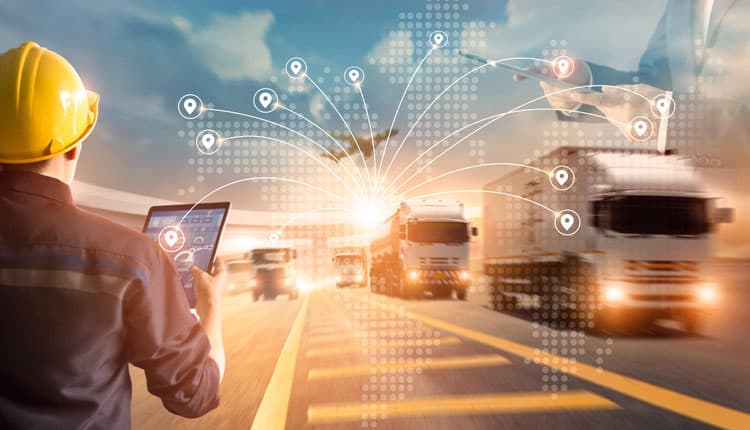By Kanav Singla CEO & Founder Metadome.ai
For decades, automobile developers have been striving to adopt and implement new digital innovations. This is the result of the changing needs of customers, who have been constantly seeking faster, more efficient, and safer vehicles. More recently, the rapid digitalization has led to a radical shift in consumer behaviour on online platforms, who now expect a seamless experience throughout their buying journey.
In a bid to address evolving consumer preferences, leading automobile brands have been experimenting and incorporating cutting-edge technologies in different processes. Among these technologies, Extended Reality (XR) is at the forefront of bringing transformative changes to the automotive industry. Thanks to XR technology, which encompasses both virtual reality (VR) and augmented reality (AR), automobile giants are enhancing both their manufacturing processes and the customer experience (CX). This has enabled automakers to streamline operations efficiently and stay ahead of the curve
Redefining the automotive industry: XR as a catalyst
Applications of XR, VR, and AR in a number of industries have completely changed the product itself as well as the entire value chain, encompassing R&D, manufacturing, marketing, and aftersales.As more and more industries adapt XR and its applications, its global market value, which stood at $ 29.26 billion in 2022, is further poised to reach $ 100 billion by 2026, according to Statista. This data essentially proves that the prevalence of XR has been growing continuously and the automotive industry is not an exception. These technologies can also be employed by the automakers to facilitate virtual showrooms, ease virtual prototypes, and enhance vehicle maintenance.
Vehicle prototyping made easy
XR has changed the dynamics between the physical and digital worlds, and due to this , it is becoming a viable alternative to physical prototypes. With this technology at their disposal, automakers’ perceptions of design data are undergoing transformations. Automotive engineers can now gain deeper insights into the factors that affect a design’s effectiveness. Designers are also able to evaluate ergonomics and aesthetics easily using 1:1 scale and photorealistic renderings. Since engineers can interact directly with their virtual models, XR also enables engineers to create products with less iterations
Improving CX via virtual showrooms
Today’s customers have raised their expectations when it comes to purchasing and using vehicles, making it necessary for automakers to focus on customer experience (CX). According to a study released by Accenture, 47% of customers consider changing an automotive brand if they fail to deliver relevant customer experience. In this context, XR, VR, and AR enables automakers and their dealerships in providing their customers with an immersive experience.
Enhancing employee training
With vehicle components growing, increasingly more advanced and new features are being added frequently, it requires a significant level of skills to maintain the proper functioning of a vehicle. This is where XR technology can be leveraged to improvise the vehicle maintenance process. VR enhances the abilities of Servicing crews by instigating effective training with the help of immersive three-dimensional space. For Instance, the trainees can visualise complex assemblies by overlaying digital information on the real world components.
All things considered
XR, AR, and VR technologies are poised to have a big impact on how automakers design, manufacture, and market their vehicles in the automotive sector. Customers can see how various paint or wheel options would look on their desired car using augmented reality (AR) in the comfort of their homes. This ultimately results in improved consumer experiences by enabling them to make more informed decisions regarding their purchases.
As these technologies advance, their usage in the automotive sector is set to soar. The market for VR and AR in the automotive industry is expected to grow at a remarkable growth rate of 175.7% to reach over $ 670,000 million by 2025, according to a report by Allied Market Research. This remarkable growth underscores the transformative potential of XR, VR, and AR in the automotive landscape. As we venture into an exciting era of innovation, the way ahead is illuminated by the limitless possibilities of extended reality (XR) technology.



